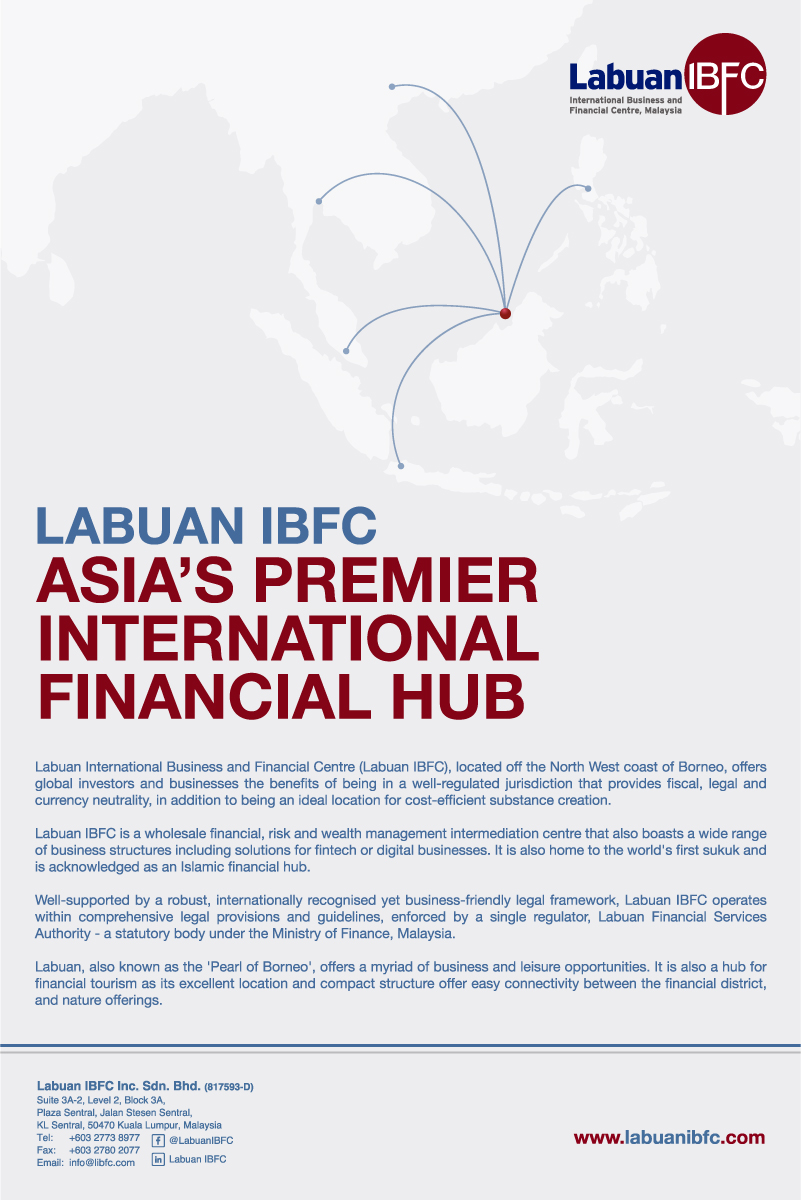Martin Ellis from Comerica Bank explains why standby letters of credit are the most popular collateral option for captives and breaks down their current systems of governance
Martin Ellis from Comerica Bank explains why standby letters of credit are the most popular collateral option for captives and breaks down their current systems of governance
Captives are generally required to provide collateral to their insurance carriers on fronted programmes. The two main types of collateral provided are standby letters of credit (LOC) and reinsurance trusts. According to industry surveys, LOCs continue to be the most popular collateral option.
One of their biggest benefits is the investment flexibility, in which the banks generally allow some higher yielding bonds and equities to secure their LOCs, which should result in more investment income to the captive which many argue far outweighs any added costs.
Additionally, captives like the fixed dollar amount on LOCs, which caps their liability with the front.
One of the less talked about benefits of LOCs, and the focus of this article, is that they’re governed by international customs and practices, so all parties to the LOC, including the issuing bank, the captive and the fronting insurance carrier, should know and play by the same rules.
The fronting carriers like this because they have access to the same rules as the issuing banks, so there is no ambiguity on how to demand payment (for example, draw) or amend a LOC.
They also like the simplicity of a LOC since it is generally a one-page document with standard language, and its ease of use since it automatically renews every year with the evergreen clause unless they hear otherwise. Each reinsurance trust in comparison, must be negotiated separately and is subject to different state laws, so reinsurance trust agreements can be complex and lengthy.
If you look in the last paragraph of a captive’s LOC, it should say something like this: “This letter of credit is governed by the Uniform Customs and Practice for Documentary Credits (UCP) of the International Chamber of Commerce (ICC) (Publication No. 600)” which we’ll call UCP 600 for short.
It might also say “This letter of credit is subject to the International Standby Practices (ISP 98) ICC Publication 590”, which we’ll call ISP 98. Either UCP 600 or ISP 98 is acceptable to govern a LOC, but ISP 98 is preferable because it is more detailed and it relates exclusively to standbys.
ICC
The ICC, located in Paris, calls itself the world business organisation and helps businesses of all sizes operate and trade internationally. It is a private organisation funded by its members. The governing body is called the World Council and consists of elected business executives and not government officials. The council appoints a chairman and there is also an executive board responsible for developing and implementing strategy.
It was founded in 1919 when no system of international rules was in place to govern things like commerce and trade. The ICC has over six million members including many of the world’s largest companies, banks, law firms and local chambers of commerce in more than 130 countries. Members draw up rules and guidelines that businesses use to reduce costs and uncertainties on trade, services, arbitration, banking and law. In 1933, the ICC published the first rules for the UCP and has been revised six times over the years with the last revision being UCP 600 in 2007.
UCP 600
UCP 600 is a set of voluntary rules developed by the ICC’s Commission on Banking Technique and Practice governing letters of credit. It is a form of self-regulation and the most successful set of private rules for trade ever developed and is used by most international banks. The latest update added new articles on definitions and interpretations, replaced “reasonable time” for acceptance or refusal with a maximum period of five banking days, and condensed the overall number of articles from 49 to 39.
Although UCP 600 applies to all documentary LOC’s which cover both commercial (trade) and standby letters of credit, it was primarily designed for commercial LOC’s since over half of its rules are applicable to commercial LOC’s and not standbys. Documentary means that the obligations depend on the presentation of documents such as an original LOC or a draw request when requesting payment. Most LOCs issued for captives are standbys, which provide assurance that the captive will fulfill its obligations under its reinsurance contract with the fronting carrier. Standby LOCs are primarily used as back up and sometimes have a condition such as non-payment before they can be drawn. UCP 600 is more general when it comes to standbys even when defining some of the terms used with standbys.
The major terms are applicant (party requesting the credit be issued in our case this would be the captive), beneficiary (party in whose favour the credit is issued or the fronting insurance carrier), issuing bank, advising bank, presentation (delivery of the documents to the issuing bank), honouring of payments, and banking days. UCP 600 also covers issuance and usage of letters of credit, interpretations, original documents and copies.
ISP 98
ISP 98 was also developed by the ICC Banking Commission and became effective in 1999. It consists of 89 rules that reflect the current international standby LOC practices. Whereas UCP 600 only has a few articles relating directly to standbys, ISP 98 was written exclusively for standbys and has greatly reduced their drafting and negotiating time and limited disputes. ISP is more detailed and will cover things such as the definition of partial drawings and multiple drawings, and the extension of an expiry date to the next business day if the expiration date is on a non-business day. Rule 1.06 states that standbys are irrevocable, independent, documentary and binding undertakings when issued, which fronting companies like.
ISP 98 also gives a detailed description of the documents that are required to be presented such as a certificate of default if it’s a contingent LOC and whether the documents can be presented in paper or electronic medium such as fax or Society for Worldwide Interbank Financial Telecommunications (SWIFT). Rule 3.13 covers the evergreen process and how LOCs are automatically extended for another year unless the beneficiary hears otherwise at a set period such as 30 to 180 days before expiration, which gives the beneficiary time to get a replacement LOC if necessary. Rule 3.03 states that the precise place for presentation of the LOC to the bank for payment should be specified in the LOC. ISP 98 covers what the beneficiary must do if a LOC is lost or stolen, and how the LOC can be transferred or assigned to someone else. ISP 98 also addresses confirmations where another bank adds its own undertaking to honour a standby. Confirmations are usually required if the issuing bank is not acceptable to the beneficiary or not on the National Association of Insurance Commissioners approved list.
SWIFT
SWIFT, headquartered in Belgium, is a member owned cooperative and the world’s leading provider of secure financial messaging services. SWIFT is used by more than 11,000 financial institutions in over 200 countries. In 2017, over seven billion messages were processed via SWIFT. This is the common way that banks communicate with one another to securely transmit information and instructions. For LOCs, this is usually when the issuing bank needs to communicate with the advising or confirming bank, or when a bank needs to draw on a LOC issued from another bank.
Summary
LOCs are still the most popular collateral choice for captives and LOC usage continues to grow. Fronting insurance carriers prefer LOCs for their simplicity and ease of use, as well as the evergreen feature and the irrevocable nature. Captives prefer LOCs because of the investment flexibility which generally offsets any added costs, and the fixed dollar amount which caps their liability with the front. The types of LOCs issued for captives are standbys. They are governed by a common set of international rules developed by the ICC such as UCP 600 which is a little more general or ISP 98, which we prefer since it is exclusively designed for standbys with more detail covering current practices. Either way, all parties to the LOC are playing by a consistent set of rules.





